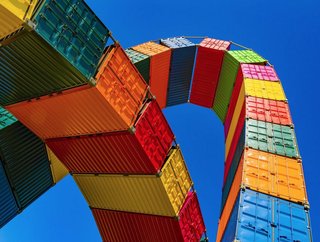Nearshoring 'about service & products, not just costs'

We reported recently how a study released by global consulting firm Kearney found that reshoring initiatives have been so successful that companies yet to adopt the approach are scrambling to find facilities in Mexico and the United States.
One of the benefits of nearshoring and reshoring is cost reduction, which has great appeal during times of spiralling global inflation.
For Alan Bebchik, Country Manager for Nowports in the US, nearshoring is about more than just a geographical shift.
“It's not only about saving costs but about providing top-notch products and services to your customers,” he told Supply Chain Digital.
Nowports is a Mexican unicorn, and the first digital freight forwarder in Latin America connecting the continent with the world
The company has recently expanded to the US, to bridge the gap between the two regions, and believes Mexico is increasingly attractive for big companies looking to increase their manufacturing standards and delivery times.
“By positioning your products as higher quality, you can increase their perceived value and reduce your margins,” says Bebchik.
Nearshoring provides pricing control
He says: “Moving production closer to the region of consumption provides greater control over pricing and relationships, particularly when transporting goods by land. Buty this is not an immediate solution and will take time to implement.”
He cites Tesla's investment of $800 million in Mexico as an example.
“It will take several years to build the plant and begin production.
So while nearshoring offers benefits in terms of control and pricing it requires considerable investment and time to establish.”
Bebchik believes nearshoring can be beneficial for both Mexico and Latin America but says “we need to find ways to bridge the gap between the regions and make transportation more sustainable”.
He feels that given growing inflation, nearshoring in the United States is a good option.
“There are tariffs on many Chinese imports and many Latin American countries have free trade agreements with the US, which means they can produce goods closer to the market with a cheaper labour force.
“Even though the labour is not as cheap as in China or Asia, the free-trade agreements and reduced freight costs will lower taxes and help control inventory levels.”
In operations, he explains, this effect is called the bullwhip effect – where companies have to produce more to compensate for the delay in delivery from China.
He adds: “Nearshoring will make logistics more efficient, resulting in a just-in-time supply chain. Overall, it will help companies regain control of their supply chain, lower costs, and fight inflation.”






